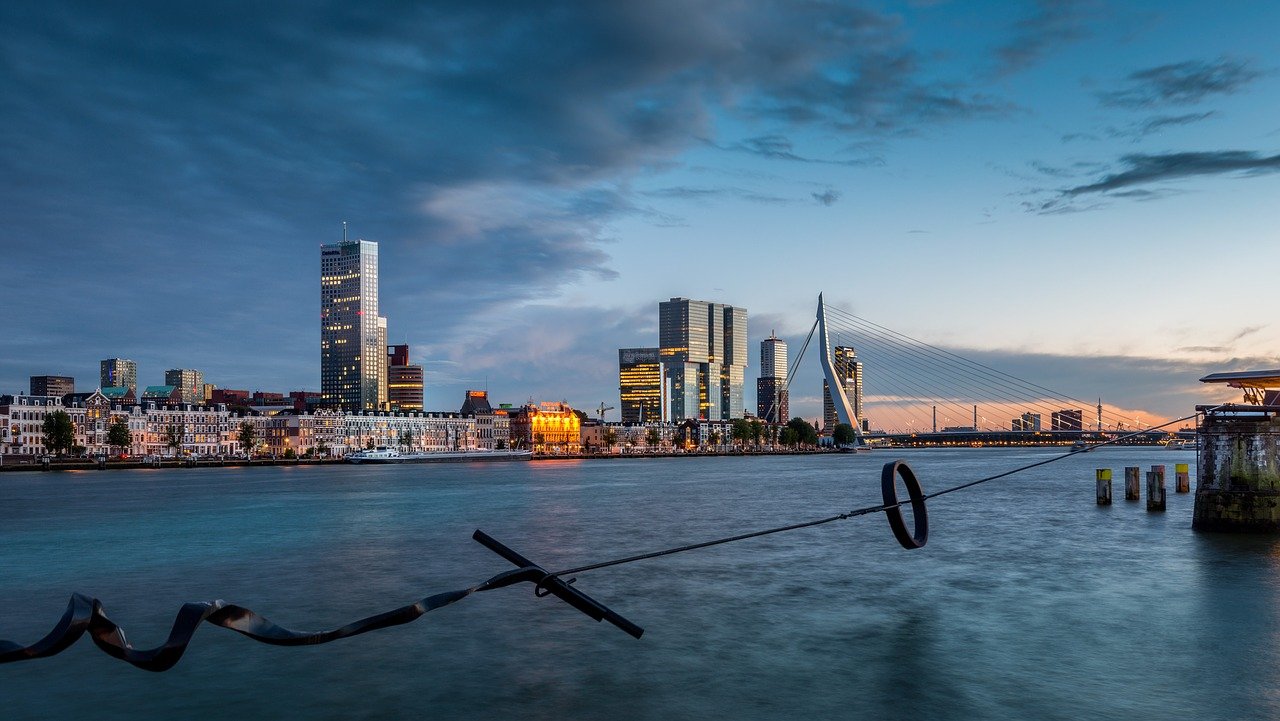Rotterdam is quickly becoming the world-class destination for architectural innovation. The last two years have witnessed the arrival of several major new structures along Rotterdam’s distinctive skyline. There’s OMA’s huge and futuristic De Rotterdam hotel and office block; MVRDV’s new, horseshoe inspired market hall; and the new and innovative railway station, by Benthem Crouwel and MVSA, with its amazing roof.

In spite of, or maybe because of, the city being one of the worst-bombed during the second world war, ‘It is becoming a centre for architecture,’ says Reinier de Graaf, a partner at OMA, ‘The city has had a remarkable turnaround in the last 20 years, and architecture is playing a big part in it.’ During the second world war bombings of 1940 and 1943 most of the city centre was reduced to rubble, with more than 26,000 homes and over 6,000 other buildings being destroyed. For today’s architects, that leaves little to be preserved, unlike many other major European cities.



Van Rijs’ firm is currently working on another future landmark for the city. The bowl-shaped art depot for the Museum Boijmans Van Beuningen will feature a mirrored exterior and a rooftop sculpture garden.




